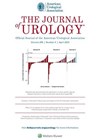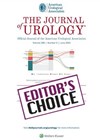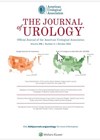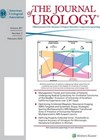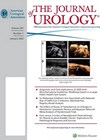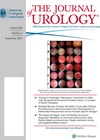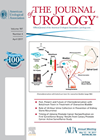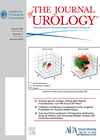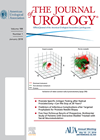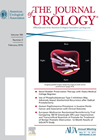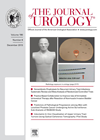
Journal Reviews
Can transcutaneous peroneal nerve stimulation treat OAB?
The peroneal nerve follows sacral, pudendal, and tibial nerves as a target for overactive bladder (OAB) treatment. This multicentre prospective randomised RCT compared a transcutaneous electrical neuromodulation system (eTNM) at-home treatment once daily for 30 minutes to solifenacin 5mg once...
Synthetic mid-urethral slings for stress incontinence in neurogenic LUTD
Neurogenic lower urinary tract dysfunction (NLUTD) is heterogeneous because of the multiplicity of underlying causes and mechanisms. In women with NLUTD, stress urinary incontinence may be due to intrinsic sphincter deficiency caused by the neurological disease itself or from sphincter...
Botox® instillation into the bladder
Patients with refractory overactive bladder (OAB) may be offered OnabotulinumtoxinA (Botox®) as one of the third-line options. Given the invasive nature of requiring cystoscopy, injections via a needle and local anaesthesia, it would be simpler, more convenient and more accessible...
Upper tract urothelial carcinoma following cystectomy
Metachronous upper tract urothelial cancer (UTUC) is encountered in about 5% of patients after radical cystectomy (RC) with a median time to diagnosis of 24-36 months after RC, and most are asymptomatic and detected by surveillance protocols. In this multivariate...
Refining management of non-visible haematuria
The optimal evaluation of non-visible haematuria (NVH) continues to be debated, with competing interests of avoidance underdiagnosis and the harms of over-testing. Current National Institute for Health & Care Excellent (NICE) guidance recommends referral for patients ≥60 years with NVH....
Risk factors for BC after minimally invasive RNU
Bladder cancer (BC) after radical nephroureterectomy (RNU) has an approximate incidence of 20-50%. This contemporary multicentre study will inform the ongoing debate on risk factors for BC after minimally invasive RNU and how it may be prevented. Three hundred and...
Long-term risks of augmenting the bladder in spina bifida patients
Bladder augmentation is utilised to treat children with neuropathic bladders secondary to spina bifida that results in hostile urodynamics, renal deterioration and / or urinary incontinence. Whilst it is associated with an improved quality of life and low mortality, it...
Dual therapy for OAB in children
Overactive bladder (OAB) is a disorder frequently encountered by the paediatric urologist. Morin et al. report the results of the first known study on the efficacy of mirabegron (a β3 adrenoceptor agonist) as add-on therapy in paediatric patients with refractory...
Solifenacin for children and adolescents with overactive bladders
Solifenacin (VESIcare®) is the second-line anti-muscarinic medication of choice for my patients with overactive bladder (oxybutynin being my initial choice). However, currently, it remains unlicensed for use in children. Newgreen et al. have evaluated the long-term safety and efficacy of...
Optimisation of childhood spina bifida management – a prospective trial
Routh et al. describe a prospective trial which aims to determine the optimal urological management for children with spina bifida. The primary aim of neuropathic bladder management is to provide the patient with the best long-term quality of life with...
Utility of biomarkers in the prediction of oncologic outcome after radical cystectomy for SCC
Squamous cell carcinoma (SCC) of the bladder is more commonly seen in Egypt due to schistosomiasis (bilharziasis) and accounts for 2% to 5% of all bladder tumours. Schistosomiasis is found in the bladder vasculature and leads to chronic inflammation causing...
Antimuscarinics and behaviour in patients with spinal dysraphism
Since the 1980s patients with spinal dysraphism have had aggressive bladder management with clean intermittent catheterisation and anticholinergic therapy from early on in life. This strategy aims at improving lower and therefore upper urinary tract function thus decreasing the risk...

